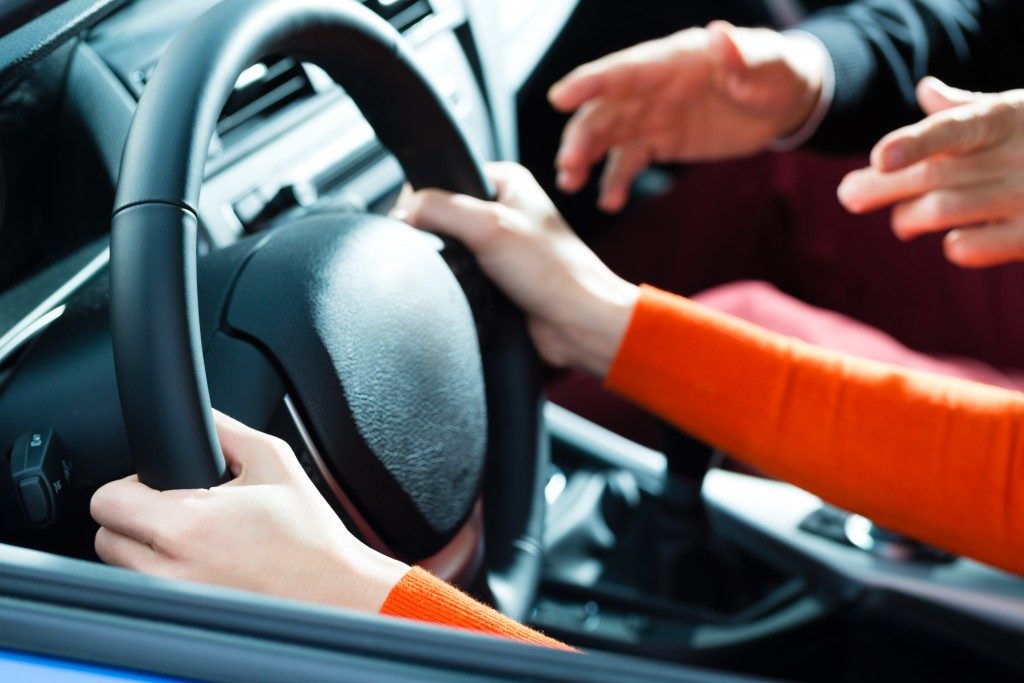Distracted driving is one of the primary causes of vehicle crashes in the United States. In Washington State alone, it was responsible for more than 135 deaths in 2016. Meanwhile, over 28% of the vehicle fatalities were due to distracted driving.
To reduce these accidents and achieve its goal of zero traffic-related injuries and fatalities, the state has passed some laws about distracted driving. Whether you’re a new resident or a new driver, knowing the basics is a must.
1. Two Laws on Distracted Driving
The state has two laws that govern distracted driving. The first one is RCW 46.61.672, which prohibits the use of electronic devices when you’re behind the wheel. These refer to laptops, two-way messaging devices, cell phones, electronic games, and tablets, to name a few.
The other law is 46.61.673, which covers activities the law perceives to be not included in the operation of the vehicle. This one closes the loophole the other laws had. It prevented drivers from using any electronic devices when they’re on the road, even when they’re stuck in traffic.

2. Penalties
Washington State calls distracted driving offenses as e-DUI (driving under the influence of electronics). Fortunately, you don’t have to face jail time. Instead, you should pay the fines.
The first offense will cost you $136 while the second one will be $234 if it occurs within the last five years since your first offense. If the state patrol catches you with other types of distractions, the fine is $99.
The most significant impact will be on your driver’s records and insurance. Not only will it stay in your files, but your insurance provider will also receive a report. Keeping contact information of an auto accident law firm in Kent might be essential, especially when you need to plead your case with the insurance company.

3. Exemptions
The laws, however, provided exemptions and limitations on electronic use. For example, you can use your mobile device, such as a cell phone to call if it is an emergency. Those who are driving emergency vehicles can also be exempt from these laws.
Contrary to popular belief, you can still drink coffee, put on your makeup, or eat food while you’re driving. Note, though, that if these actions result in an offense, the anti-distracted driving law then becomes a secondary offense.
The laws also permit you to use hands-free communication devices such as Bluetooth. You can also tinker with your GPS or vehicle’s entertainment system, but there are caveats. First, you should be able to operate these with one touch of a button. Second, it’s ideal to do them when you’re on the side of the road or before you start to drive.
Following the distracted driving laws is easier said than done. A 2018 study revealed it is human instinct to use their devices to avoid missing out or prevent separation anxiety. Many drivers also find using their mobile devices as “harmless”—until they meet an accident that results in injury or death.
Rules are there for a reason, and for these distracted driving laws, it’s keeping the streets safer for everyone, including pedestrians and bicyclists.



